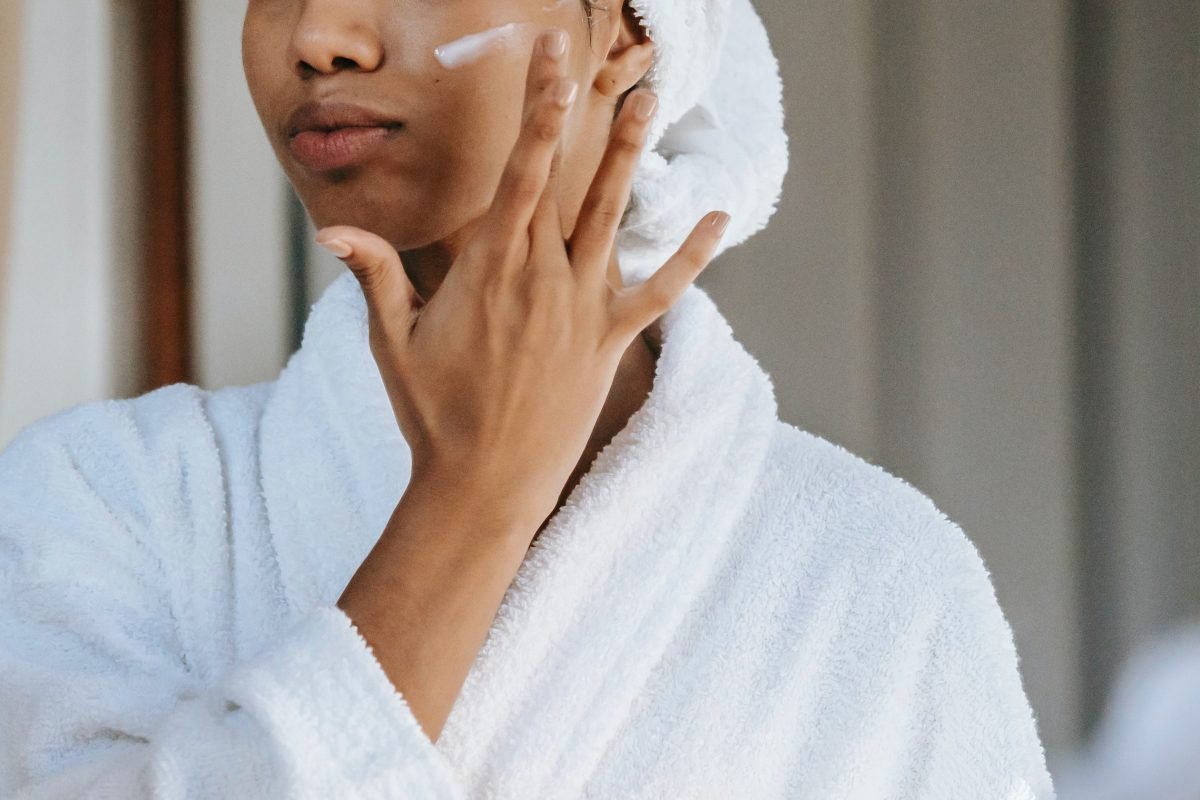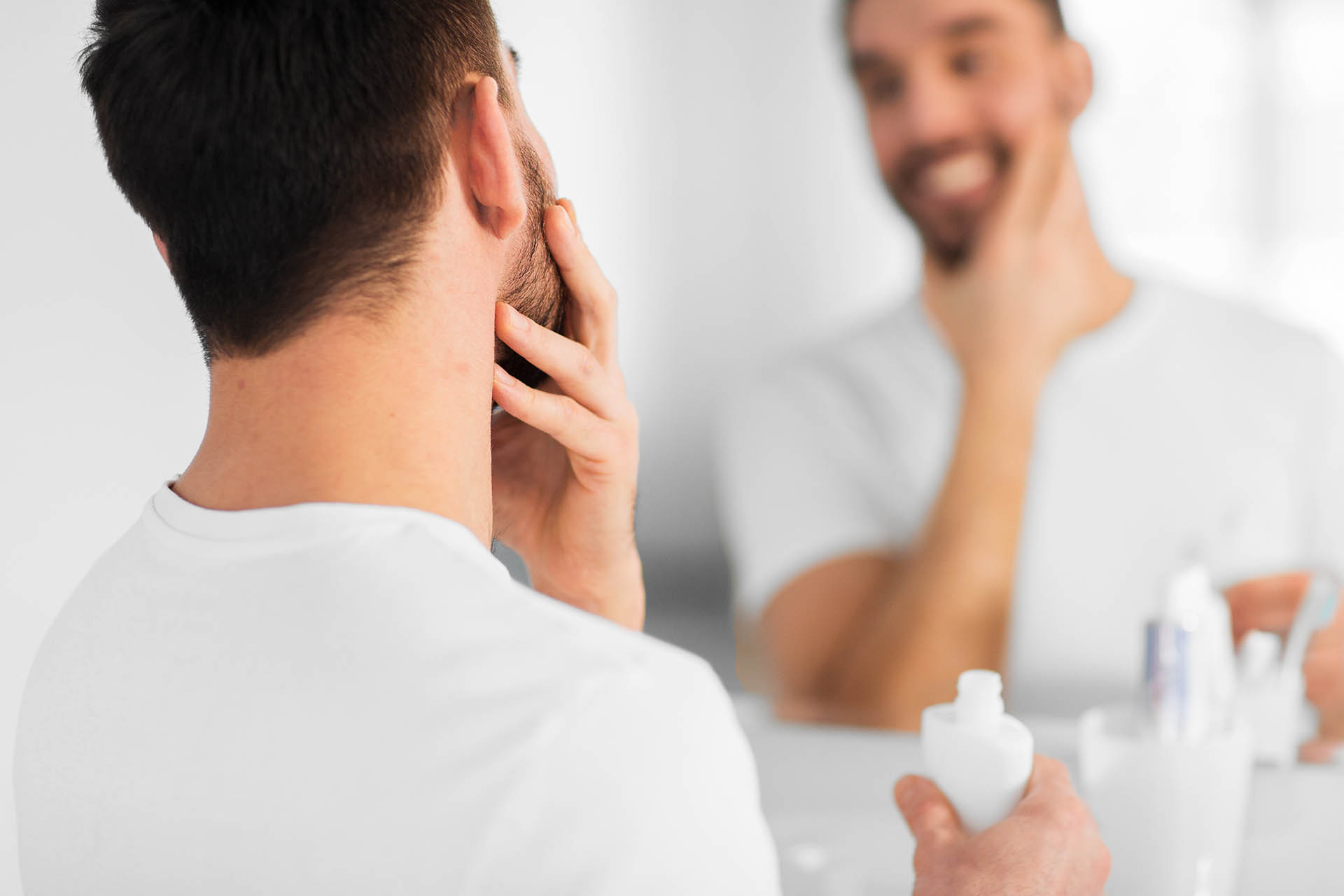Starting a topical retinoid or retinol can feel a bit daunting, and the risk of developing irritation or skin reactions from them can be off-putting. However, most people, if using an appropriate strength of retinoid in the correct manner, are able to tolerate them. Even if you’re only able to use a lower strength retinoid once or twice per week, you’ll still see benefits.
For information on the benefits of using retinoids, which retinoid to choose and what strength, see the blog post All about Retinoids.
How and how often to apply your retinoid
Apply a small amount, at night, to dry skin, then moisturise, and use only 1-2 x per week initially.
The key with using retinoids is to start slowly. Apply a small amount of your retinoid just once or twice per week, and over a period of weeks, increase how often you’re using it. Here’s exactly how to apply your retinoid:
- Apply at night, as retinoids can cause sun sensitivity.
- Cleanse skin, and wait for it to dry completely. If you apply retinoids to damp skin, absorption of the retinoid will be increased, which may increase the risk of irritation.
- Apply a pea-sized amount of your retinoid to your skin. Take care when applying it to skin creases where the product can build up (like the sides of the nose and corners of the mouth) and sensitive sites (like just under the eyelids), as these areas are more prone to irritation. You may choose to avoid applying the product there initially to see how the rest of your skin reacts, or dilute it with moisturiser.
- Follow with moisturiser. Some people recommend waiting 20 to 30 minutes before applying moisturiser, but there actually isn’t any good evidence to support this.
- Avoid using products that are potentially irritating at the same time, such as alpha and beta hydroxy acids.
- Always apply sunscreen in the morning, as retinoids can make your skin more sun sensitive.
Help, my skin is getting irritated! What should I do?
- Stop using your retinoid! For now. Stick to a gentle cleanser and hydrating moisturiser to allow your skin to recover.
- Check that you’re using an appropriate concentration, and aren’t using other active ingredients that may be irritating at the same time, such as alpha or beta hydroxy acids. Consider reducing the concentration of your retinoid, and building up to a higher concentration over time.
- Consider using a niacinamide-containing product for two weeks before you resume your retinoid. Studies have shown that using niacinamide can help improve how well the skin tolerates retinoids, and may improve their efficacy.
- Once your skin has recovered, re-introduce your retinoid. Use a small amount at night, and follow with moisturiser. Start off just once per week, and slowly increase how often you use it (for example, by one night per fortnight).
- Consider a ‘retinoid sandwich’. This involves applying moisturiser first, waiting for 10 to 20 minutes, then applying your retinoid, waiting another 5 to 10 minutes, and finally applying another layer of moisturiser.
- Alternatively, mix your retinoid 50:50 with moisturiser before applying, and slowly increase the proportion of retinoid over time.
Should I apply my retinoid before or after moisturiser?
In general, apply your retinoid before moisturiser. However, if your skin is sensitive or you’re developing irritation from using your retinoid, apply moisturiser first.





